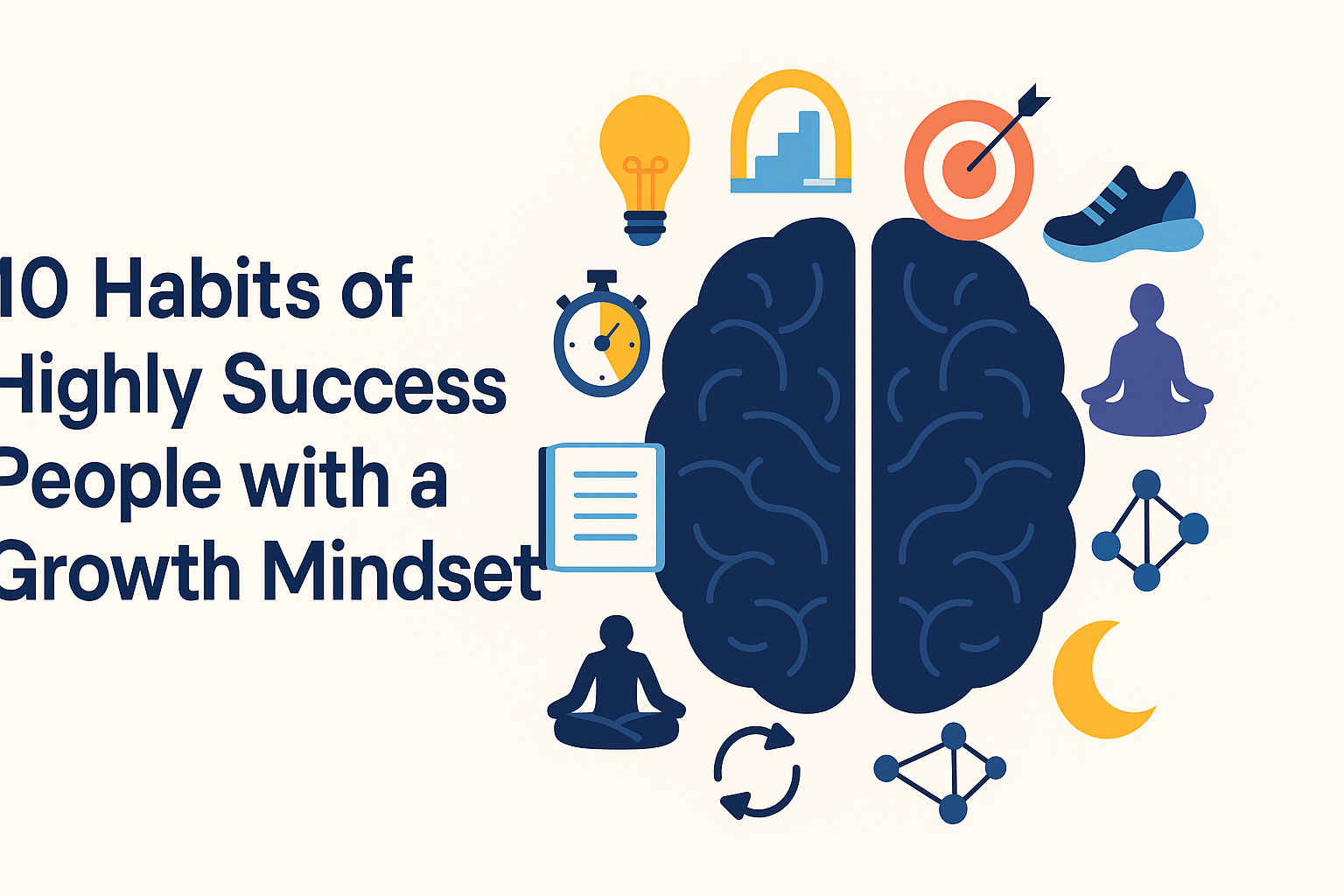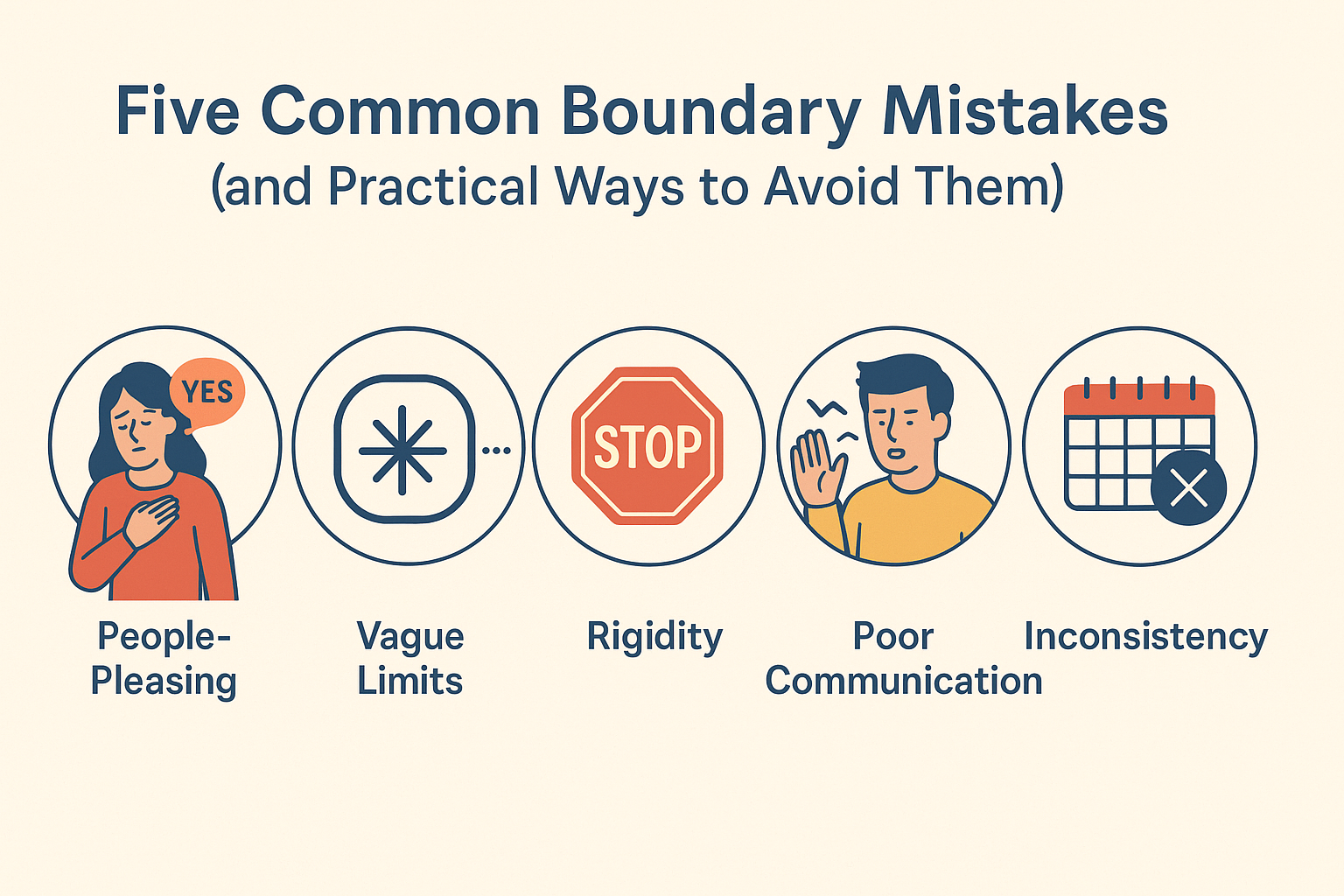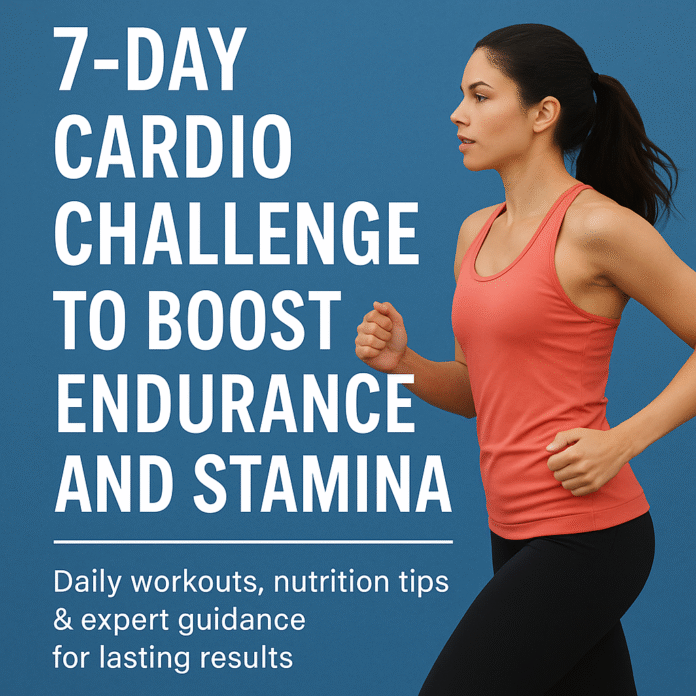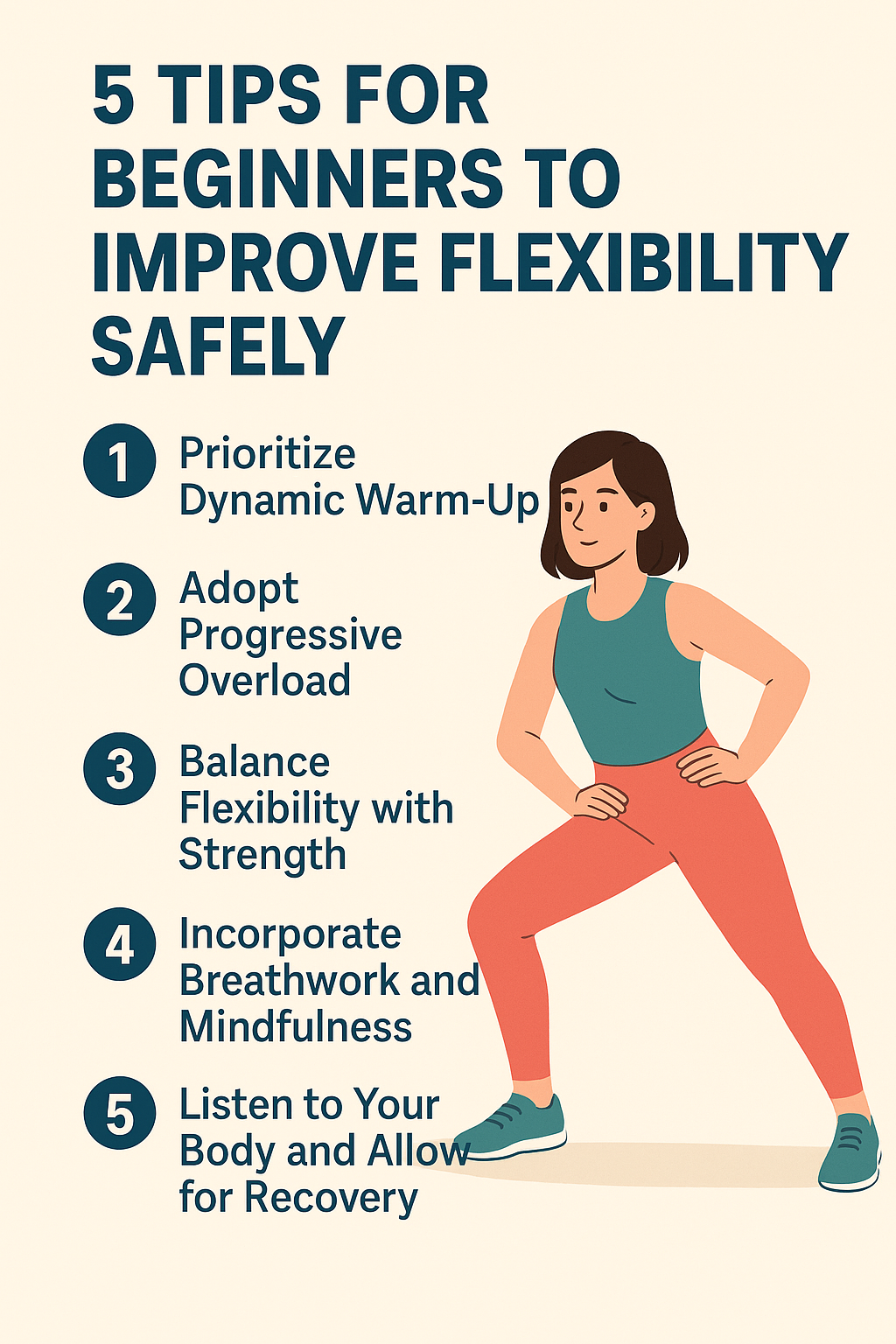A structured, progressive cardio program is one of the best things you can do for your heart health, muscle endurance, and overall stamina. This 7-Day Cardio Challenge will help people of all fitness levels get the most out of their aerobic workouts, burn calories efficiently, and make long-lasting habits. There will be a range of workouts, from steady-state low-impact to high-intensity interval training (HIIT).
When your heart, lungs, and muscles can keep working without getting too tired, you have cardiovascular endurance. A good fitness program has three parts: cardio training, strength training, and flexibility work. Cardio workouts not only help you get better at aerobic activities, but they also
- It lowers blood pressure and heart rate when you’re not doing anything, which is good for your heart health (American Heart Association)¹.
- Releases endorphins and brain-derived neurotrophic factor (BDNF), which makes you feel better.
- It helps you control your weight by making you burn more calories while and after you work out.
- Helps your metabolism stay healthy, which lowers your risk of getting metabolic syndrome and Type 2 diabetes.⁴.
This challenge will help you stay on track, give you variety, and help you keep track of your progress, whether you’re training for a race, trying to lose weight, or just want to feel more energetic every day.
Why Do You Want to Do This for Seven Days?
Fitness challenges that last for a short time help you stay on track and get things done. By committing to one week of focused cardio training, you:
- Get over being stuck: It’s easier to stick to a plan if you set a start and end date.
- Get quick feedback: If you work out every day, you’ll see improvements in your stamina right away.
- Make a habit that lasts longer than seven days to make things more consistent.
- Change up your workouts: Doing the same thing over and over can cause injuries and plateaus.
- A week is long enough to make changes in the body (like a higher stroke volume and more mitochondria) but short enough to be easy to deal with mentally.
A Look at the Program
| Day | Length of Workout | Type | How hard it is |
|---|---|---|---|
| 1 | Jogging or walking quickly at a steady pace | Steady-State Low-Impact | Moderate (65–75% HRmax) for 30 to 40 minutes |
| 2 | HIIT (Sprinting Intervals) | High-Intensity Interval Training (HIIT) | High (85–95% HRmax) for 20 to 25 minutes |
| 3 | Low-Impact Cardio to Help You Recover | Active Recovery | Low (50–60% HRmax) for 30 to 45 minutes |
| 4 | Fartlek Training | Speed Play | Variable pace for 30 to 35 minutes |
| 5 | Tempo Run or Threshold Training | Threshold Training | Hard (80–85% HRmax) for 25–30 minutes |
| 6 | Cross-training, like cycling or rowing | Cross-Training | Moderate to High for 30 to 40 minutes |
| 7 | Long, Slow Distance (LSD) | Endurance | Moderate (65–75% HRmax) for 45 to 60 minutes |
Maximum Heart Rate estimate: 220 – age. See note on Heart Rate Zones.
Day 1: Walk or Jog at a Steady Pace
Goal: Get your heart and lungs ready and set a baseline for endurance.
- Do some dynamic stretches, like arm circles and leg swings, for 5 to 10 minutes to warm up.
- Main Set: 30 to 40 minutes at 65 to 75 percent of your maximum heart rate. You should be able to talk, but you should also be able to feel your breathing getting faster.
- Take a break: Walk for five minutes and do some static stretches for your hamstrings, calves, and hip flexors.
Pros:
- Helps muscles make more capillaries.
- Teaches fat oxidation to make fuel work better.
Day 2: High-Intensity Interval Training (HIIT)
Goal: Increase VO₂ max and begin excess post-exercise oxygen consumption (EPOC).
- To warm up, jog or bike slowly for 5 minutes.
- 30 seconds of running as fast as you can, then 90 seconds of walking or jogging for 8 to 10 rounds.
- Take 5 to 10 minutes to cool down by moving around and stretching.
Possible Rules:
- Tabata: 8 rounds of 20 seconds of work and 10 seconds of rest (total of 4 minutes)⁶.
- Classic: 8 to 10 rounds of 1 minute of work and 1 minute of rest.
Be careful: This is only for people who don’t have heart problems. Talk to your doctor if you have any health problems that are already there.
Day 3: Low-Impact Cardio for Active Recovery
Goal: Get more blood to the muscles to help them heal faster without putting too much stress on them.
- You can swim, walk quickly, ride a bike slowly, or use an elliptical.
- Time: 30 to 45 minutes at 50 to 60% of your HRmax.
- Concentrate on moving: After your session, do some foam rolling.
Pros:
- Makes muscles less sore and stiff.
- Keeps your aerobic base without putting too much stress on your joints.
Day 4: Fartlek Training
Goal: To get faster and last longer, combine structured speed work with continuous training.
- Warm-up of five minutes of easy jogging.
- Main Set: For 30 minutes, change speeds every two minutes. Jog for two minutes, run faster for one minute, and sprint for twenty seconds. Then do it again without a set schedule.
- Take a 5- to 10-minute jog or walk to cool down.
Why do Fartlek?
- It helps you learn how to adjust to different speeds.
- It works on both aerobic and anaerobic energy systems at the same time.
Day 5: Tempo Run or Threshold Training
Goal: Raise your lactate threshold so you can handle higher levels of intensity for longer.
- Run slowly for 10 minutes to warm up.
- Pace: 20 minutes at a “comfortably hard” pace, which is 80–85% of your maximum heart rate.
- Cool down by jogging and stretching for 5 to 10 minutes.
Advice:
- Stay at a steady pace.
- Instead of how fast you are going, pay attention to your breathing and rhythm.
Day 6: Swimming, Rowing, and Biking as Cross-Training
Goal: Work out different muscle groups so you don’t overuse them and improve your overall cardiovascular fitness.
- Pick a machine or way to work out: a rowing machine, a bike ergometer, or swimming in a pool.
- Length: 30 to 40 minutes of moderate to high effort.
- Add drills to help you improve your technique, like your rowing stroke.
Pros:
- Muscles grow in a balanced way.
- Less stress on the lower body from impacts.
Day 7: Long, Slow Distance (LSD)
Goal: Improve your aerobic base by doing a long, moderate-intensity workout.
- Duration: 45 to 60 minutes at 65 to 75 percent of HRmax.
- Running, biking, swimming, or doing a mix of cardio circuits are all good things to do.
- Every hour, drink 500 to 750 ml of water.
Main Point: This last workout makes the improvements you’ve made in your endurance permanent and gets you ready for longer workouts in the future.
Nutrition and Hydration Tips
Eat before you work out:
- A meal that is balanced and has complex carbs, lean protein, and healthy fats, like oatmeal with Greek yogurt and berries, should be eaten 2–3 hours before.⁸.
- If your glycogen levels are low, you can have a small banana or energy gel 30 minutes before.
When you exercise:
- For workouts that last more than 45 minutes, eat 30 to 60 grams of carbs every hour (sports drink, gels).
- Every 15 minutes, drink 150 to 200 ml of water.
After working out, you need to recover:
- You should eat a 3:1 or 4:1 ratio of carbs to protein within 30 to 60 minutes. For example, chocolate milk, a protein shake, and fruit.
- Rehydrate: Drink 1.25 times as much water as you lost (weigh yourself before and after to see how much you lost).
Every Day Nutrition:
- Eat mostly whole grains, fruits, vegetables, lean proteins, and healthy fats.
- A diet that has enough calories to give you more energy.
Things to Think About When It Comes to Safety and Gear
- Footwear: They should fit well and be made for the activity, like running shoes for jogging and cross-trainers for HIIT.
- Clothes: Layers that keep you dry and are good for the weather.
- Heart Rate Monitoring: To make sure your zone training is correct, wear a chest strap or wrist-based monitor.
- To lower the risk of injury, always do the warm-up and cool-down.
- Medical Clearance: If you have long-term health problems, are a man over 40 or a woman over 50, or haven’t been active in a while, see a doctor.
It’s important to keep track of how far you’ve come and stay motivated. You can do this by writing down your workouts in a journal or using an app like Strava or MyFitnessPal.
- Keep track of your distance, time, heart rate, and how hard you think you’re working.
- Make sure your goals are SMART: they should be clear, measurable, doable, important, and have a due date.
- Accountability: Ask a friend to help you, join a virtual group, or hire a coach.
- Share your successes and get new gear to celebrate your wins.
Frequently Asked Questions (FAQs)
Who will benefit from this challenge?
Beginners can change how hard and long their workouts are, while intermediate and advanced athletes can make their workouts faster and add more volume.
Can I do strength training at the same time?
Yes, on days when you’re recovering or after low-intensity workouts, plan light, full-body resistance workouts.
What happens if I don’t come for a day?
Keep going with the sequence, but don’t do the same workouts twice. It’s better to be consistent than perfect.
When will I start to see changes?
You might notice that your heart and blood vessels work better in 7 to 14 days. You need to keep working out to see more changes.
Should I do some stretches after every workout?
After a workout, static stretching helps you stay flexible. Foam rolling is another option.
How can I stop getting bored?
Change your routes, playlists, or add cardio classes like dance or spin to your routine.
What is the difference between steady-state and HIIT?
HIIT increases anaerobic capacity by alternating short bursts of maximum effort with rest. On the other hand, steady-state training helps build base aerobic endurance.
Conclusion
The 7-Day Cardio Challenge is a good way to gradually improve your endurance and stamina. You change a lot of things in your body when you mix different levels of intensity, like steady-state, HIIT, tempo, and recovery:
- More mitochondria in a certain area.
- Higher stroke volume and more capillaries.
- Better VO₂ max and lactate threshold.
This challenge will not only help you get in better shape, but it will also help you make healthy habits that will last for a long time. All you need to do is eat well, get enough sleep, and keep track of your progress. You could do the cycle again with more intensity after Day 7, or you could make it a 4-week challenge to see even bigger results.
Put your shoes on, stay with it, and have fun. You’re only one week away from getting stronger and more resilient!
References
- American Heart Association. “Target Heart Rates Chart.” Heart.org, https://www.heart.org/en/healthy-living/fitness/fitness-basics/target-heart-rates.
- Dishman, R.K., “Brain-derived neurotrophic factor and exercise.” Sports Medicine, 2006, https://link.springer.com/article/10.2165/00007256-200636090-00002.
- Hagobian, T.A., “Cardiovascular and metabolic adaptations to exercise.” Journal of Applied Physiology, 2011, https://journals.physiology.org/doi/full/10.1152/japplphysiol.01253.2006.
- World Health Organization. “Physical Activity Factsheets.” WHO.int, https://www.who.int/news-room/fact-sheets/detail/physical-activity.
- Tanaka, H., “Age-predicted maximal heart rate revisited.” Journal of the American College of Cardiology, 2001, https://www.jacc.org/doi/10.1016/S0735-1097(01)01354-2.
- Tabata, I., “Effects of moderate-intensity endurance and high-intensity intermittent training on anaerobic capacity and VO₂max.” Medicine & Science in Sports & Exercise, 1996, https://pubmed.ncbi.nlm.nih.gov/8902842/.
- Sawka, M.N., “Exercise and fluid replacement.” Medicine & Science in Sports & Exercise, 2007, https://journals.lww.com/acsm-msse/Fulltext/2007/08000/Exercise_and_Fluid_Replacement.19.aspx.
- Thomas, D.T., Erdman, K.A., Burke, L.M., “Nutrition and Athletic Performance.” Medicine & Science in Sports & Exercise, 2016, https://journals.lww.com/acsm-msse/Fulltext/2016/03000/Nutrition_and_Athletic_Performance.27.aspx.
- Jeukendrup, A.E., “Carbohydrate intake during exercise and performance.” Nutrition, 2004, https://www.sciencedirect.com/science/article/abs/pii/S0899900703001759.
- Ivy, J.L., “Postexercise carbohydrate–protein supplementation.” International Journal of Sport Nutrition and Exercise Metabolism, 2004, https://journals.humankinetics.com/view/journals/ijsnem/14/4/article-p430.xml.
- Billat, V.L., “Interval training for performance: a scientific and empirical practice.” Sports Medicine, 2001, https://link.springer.com/article/10.2165/00007256-200131040-00004.





































